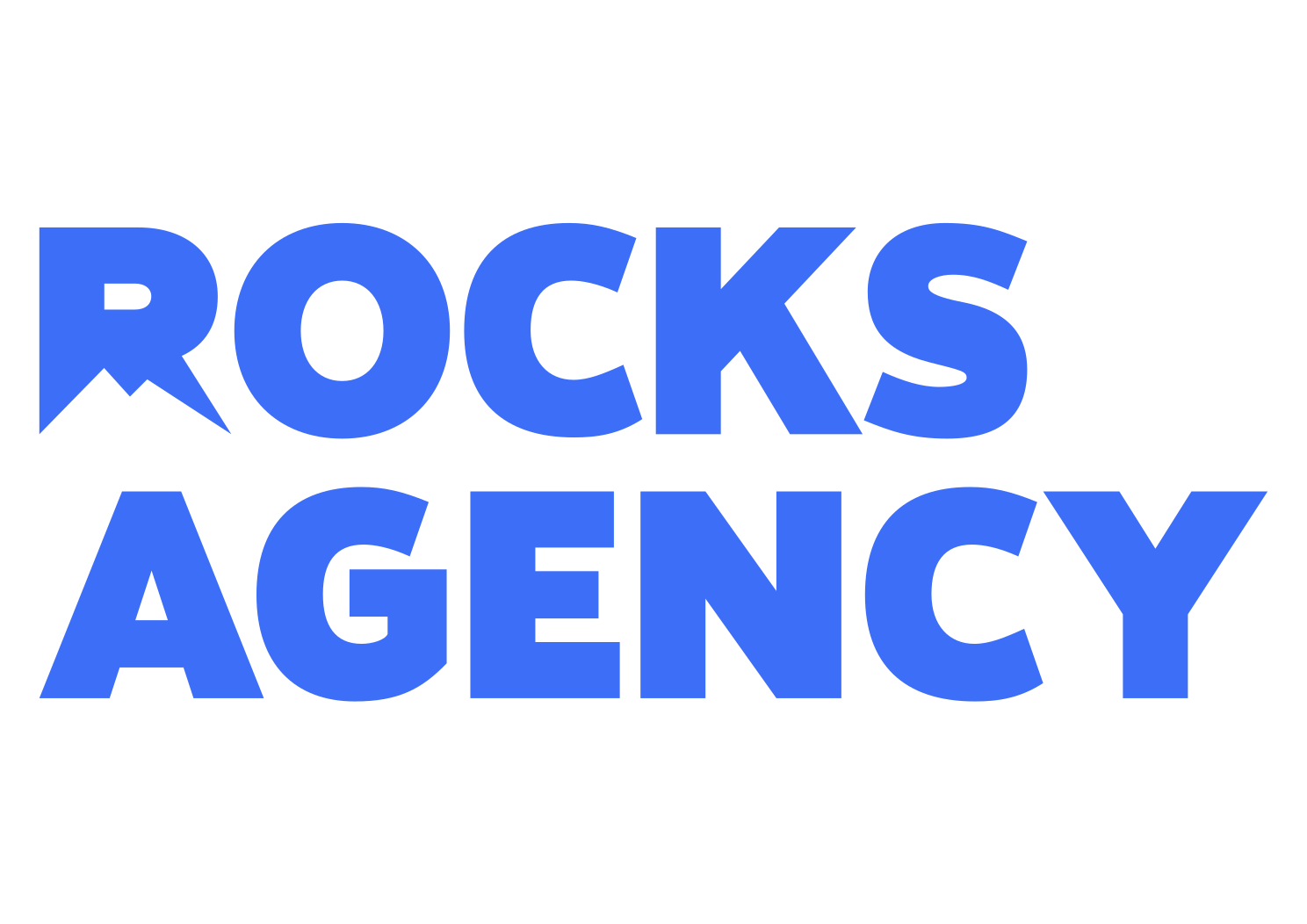How to Define Your Business's Target Audience

Defining your target audience is the first step in developing a marketing strategy for your business.
Understanding who you are selling your product or service to helps you fine-tune your advertising campaigns, attract interested customers, and ultimately increase sales
Understanding who you are selling your product or service to helps you fine-tune your advertising campaigns, attract interested customers, and ultimately increase sales
1. Conduct Market Research
The first step to understanding your target audience is to analyze your market. Determine what your product or service offers, what problems it solves, and who needs it most. Here are three questions to get you started:
With this research, you will identify the key segments that make up your market
2. Analyze Your Competitors
Learn who your competitors are targeting and gain an even better understanding of your target audience.
3. Segment Your Audience
99% of the time, your target audience is made up of multiple segments. For ease of identification and work with, divide potential clients into groups. Standard segmentation criteria:
Creating such segments helps to more accurately customize marketing campaigns to the needs of different groups of clients
4. Creating client avatars
Customer avatars are portraits of clients that include key characteristics of the target audience
For example, if you have an online course for young mothers, the client avatar might look like this: "Anna, 32 years old, mother of two, lives in a densely populated city, actively looking for ways to develop herself and work remotely."
5. Use analytics
If you already own a working business, get data about your audience from analytics.
6. Conduct surveys and interviews
To better understand potential customers, conduct surveys and interviews. Ask your current customers what attracted them to your product, what problems they solved with it, and what else they expect from your business
An open dialogue with customers will reveal unobvious insights and help you adjust your strategy.
7. Testing hypotheses
Once you have collected data and created avatars, it is time to test your hypotheses.
Run marketing campaigns for the analyzed audience segments to understand which audience responds best to advertising. Customize your ads using different segments and monitor the results.
The first step to understanding your target audience is to analyze your market. Determine what your product or service offers, what problems it solves, and who needs it most. Here are three questions to get you started:
- Who is already using the product or service?
- What are the demographics of the audience (age, gender, income level, geographic location)?
- What interests, behaviors, or habits do these people have?
With this research, you will identify the key segments that make up your market
2. Analyze Your Competitors
Learn who your competitors are targeting and gain an even better understanding of your target audience.
- Analyze their marketing materials, social media posts, and advertising campaigns.
- Gather demographic data about your target audience and compare your product to your competitors to identify differences and overlaps in your target segments
3. Segment Your Audience
99% of the time, your target audience is made up of multiple segments. For ease of identification and work with, divide potential clients into groups. Standard segmentation criteria:
- Demographic data: Age, gender, education, income, marital status, etc.
- Geographical data: City, region, country
- Psychographic data: Interests, values, lifestyle
- Behavioral data: Buying habits, brand loyalty, activity on the Internet and social networks
Creating such segments helps to more accurately customize marketing campaigns to the needs of different groups of clients
4. Creating client avatars
Customer avatars are portraits of clients that include key characteristics of the target audience
- Creating client avatars allows you to clearly define the characteristics and motivations of the target audience, their pains, problems and needs - which will ultimately lead to a complete understanding of what they need and how to attract them.
- When creating avatars, consider their data, including the following information:
- Age and gender
- Occupation
- Lifestyle
- Major problems and pain points
- Motivations and goals
- Information channels
For example, if you have an online course for young mothers, the client avatar might look like this: "Anna, 32 years old, mother of two, lives in a densely populated city, actively looking for ways to develop herself and work remotely."
5. Use analytics
If you already own a working business, get data about your audience from analytics.
- Use tools like Google Analytics to learn more about who visits your site, where they come from, and how they behave.
- Social networks also offer tools for analysis: Facebook and Instagram Insights will help you understand which posts resonate and who interacts with the content
6. Conduct surveys and interviews
To better understand potential customers, conduct surveys and interviews. Ask your current customers what attracted them to your product, what problems they solved with it, and what else they expect from your business
An open dialogue with customers will reveal unobvious insights and help you adjust your strategy.
7. Testing hypotheses
Once you have collected data and created avatars, it is time to test your hypotheses.
Run marketing campaigns for the analyzed audience segments to understand which audience responds best to advertising. Customize your ads using different segments and monitor the results.
The better you understand your audience, the more effectively you can set up marketing campaigns, which will help your business grow.
We offer promotion services with a detailed analysis of your target audience
Fill out the form below and get a free analysis of your business.
We offer promotion services with a detailed analysis of your target audience
Fill out the form below and get a free analysis of your business.
© ROCKS AGENCY since 2018

Our services:
For educational business:
ROCKS AGENCY
The information below will help us better prepare for the consultation
ROCKS AGENCY
The information below will help us better prepare for the consultation




